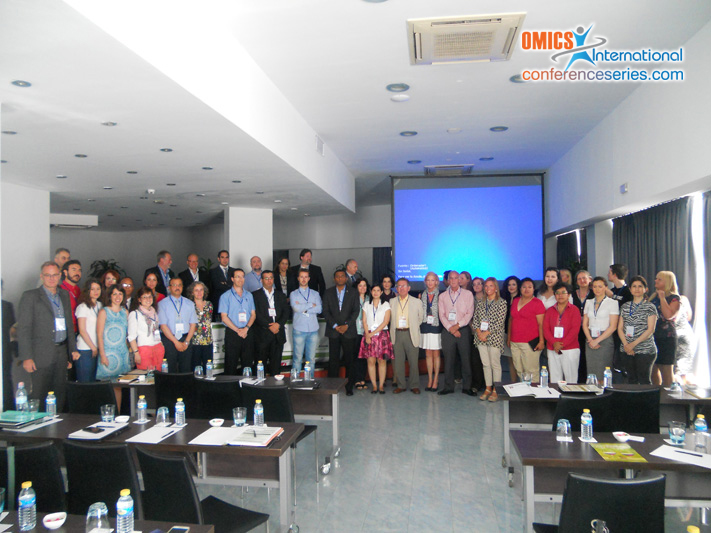
Elsayed Abdelaal
Guelph Food Research Centre
Canada
Title: Developing purple wheat as a source of anthocyanin pigments for food and non-foods applications
Biography
Biography: Elsayed Abdelaal
Abstract
A body of evidence has shown the role of anthocyanin pigments in human health due to their positive functions as antioxidant, anti-diabetic, anti-carcinogenic and ocular-enhancing compounds. Such characteristics make them good natural colorants, natural antioxidants and dietary supplements for food and non-food applications. The anthocyanin pigments are widely spread in fruits, vegetables and colored grains, e .g. purple and blue corn, black and red rice and purple and blue wheat. Research has shown the potential of purple wheat to produce a variety of anthocyanin-rich functional food ingredients such as bran fractions and wholegrain flours. Purple wheat can also be processed into anthocyanin concentrate in a liquid or powder form. Characteristics of anthocyanin pigments in purple wheat, bran and anthocyanin concentrate were assessed based on spectrophotometry and chromatography using HPLC, UPLC and LC-MS. More than 20 anthocyanin compounds were detected and quantified in purple wheat products with cyanidin 3-glucoside being the dominant compound averaging about 46% of the total anthocyanin content. The main agylcone in purple wheat is cyanidin with glucose as the prevailing sugar and malic being the dominant organic acid in the acylated pigments. Further characterization by Triple Quad mass spectrometer showed additional anthocyanin isomers and compounds up to more than 70 compounds detected. Antioxidant properties of purple wheat products were assessed based on oxygen radical absorbance capacity (ORAC), Trolox equivalent antioxidant capacity (TEAC), scavenging of 2, 2-diphenyl-1-picrylhydrazyl (DPPH) and inhibition of human LDL cholesterol oxidation. The anthocyanin-rich products exhibited much higher antioxidant capacities compared to purple wheat wholegrain. More research is underway for further pigment characterization and product development to determine the bioavailability and biological functions of purple wheat products in vitro and in vivo.
Speaker Presentations
Speaker PDFs
Speaker PPTs Click Here




